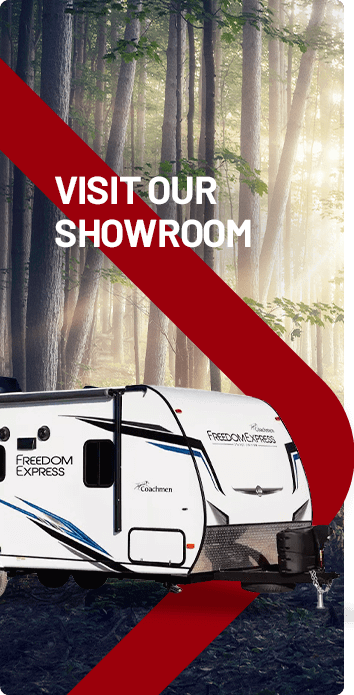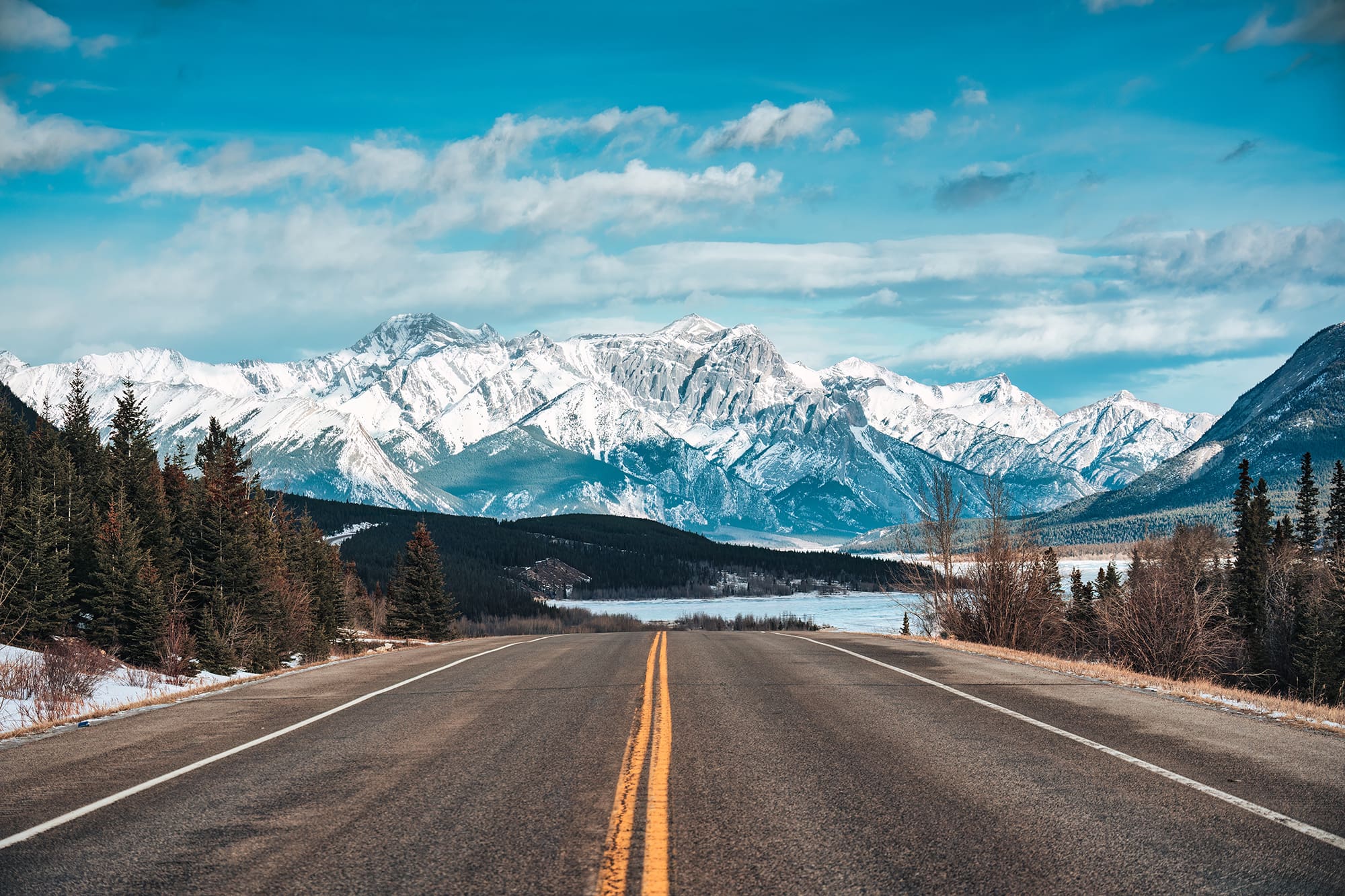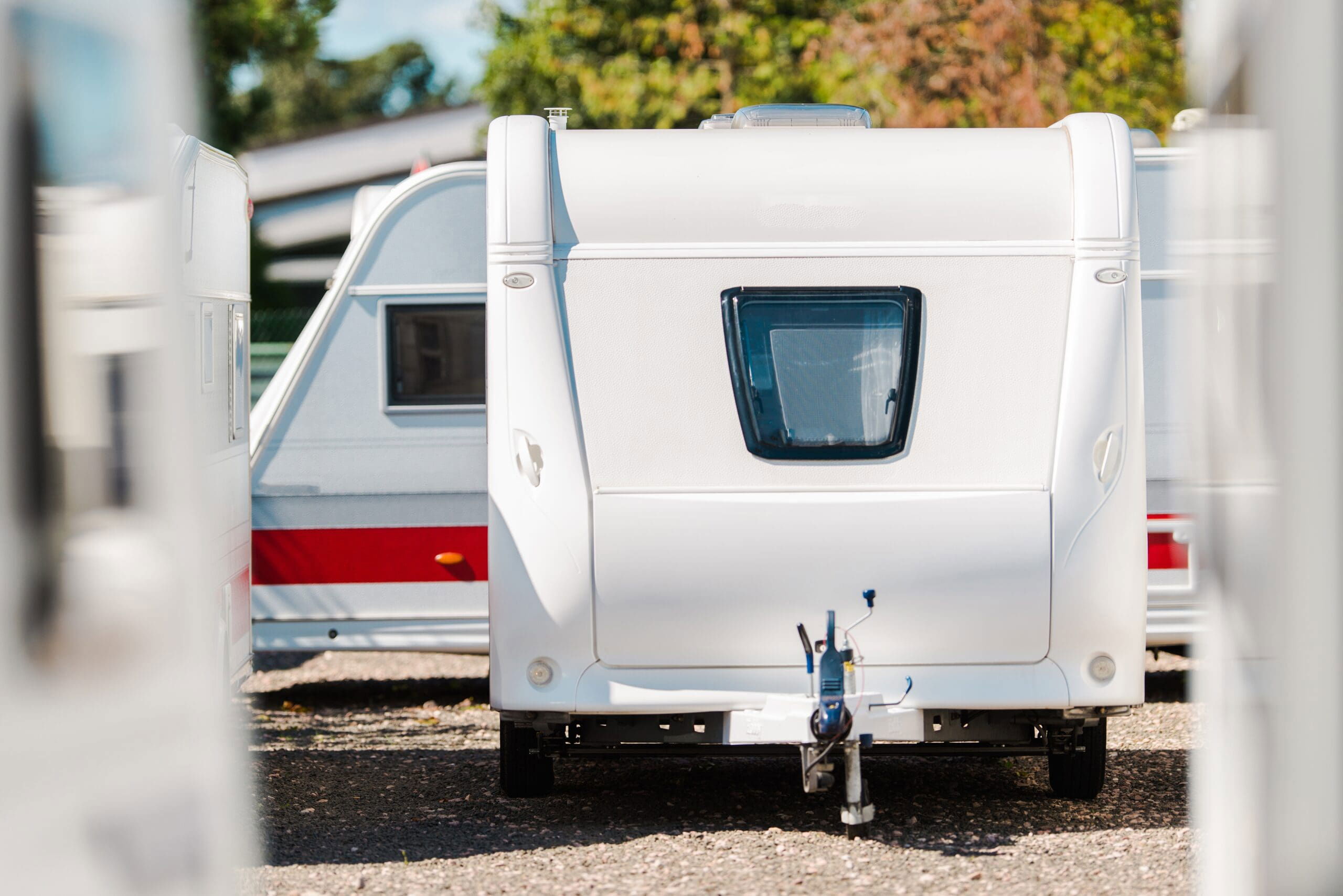Stunning scenery, unspoiled wilderness, and access to popular recreational areas, we’re spoiled with so many amazing provincial and national parks all across Canada to explore. Check out our tips for RVing at these awesome campgrounds.
Not just for summer fun, check out dates of operation
Open dates of provincial and national park campgrounds are typically between May and October, but several operate year-round. Shoulder season camping can be a great way to enjoy a popular park without the summer crowds.
Book your site early
Don’t miss out! Popular sites book up fast, so plan ahead and be ready to book your site as soon as the dates are reservable online. Parks Canada will be launching reservations for the 2023 season starting in March, so check out the specific dates for your destination and create an account in advance.
How to increase your chances of finding a first come, first served (FCFS) campsite
If you aren’t able to reserve a site, you may not be out of luck yet! Many provincial and national park campgrounds offer a number of non-reservable sites, offered on a first come, first served basis. To increase your chances of getting one of these sites, it’s best to arrive mid-week, or at least early in the day when other campers are checking out.
Know the terrain before you set out
That remote campground may be vehicle accessible, but is it RV accessible? Some off-the-beaten-path campsites may require a 4×4 vehicle to reach them with rough, narrow roads that are less than ideal to tow an RV along.
Be prepared to camp without full hookups
The availability of amenities and sites with hookups vary greatly from park to park. They’re generally not as stacked with amenities as a private RV resort would be, so be sure to confirm what is available at the park you choose, and be prepared to camp off the grid when necessary.
Be mindful of wildlife
Know what wildlife you may encounter, and be prepared. It’s especially important to keep a clean campsite. Leaving food and garbage out, or anything with odour or food traces will draw wildlife in, including tools used to prepare food, coolers, food wrappings, recyclables, pet food bowls, and any scented body products.















